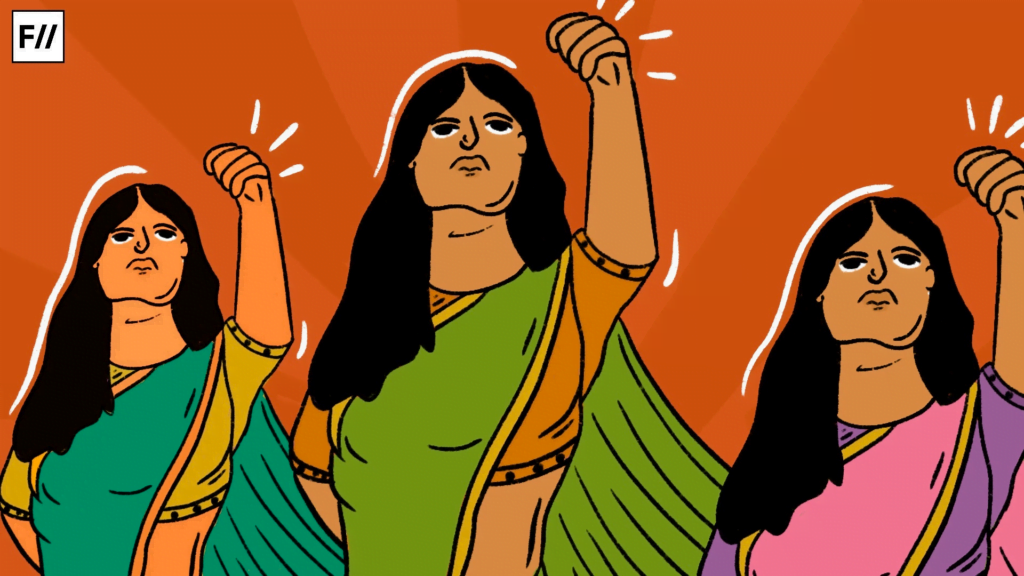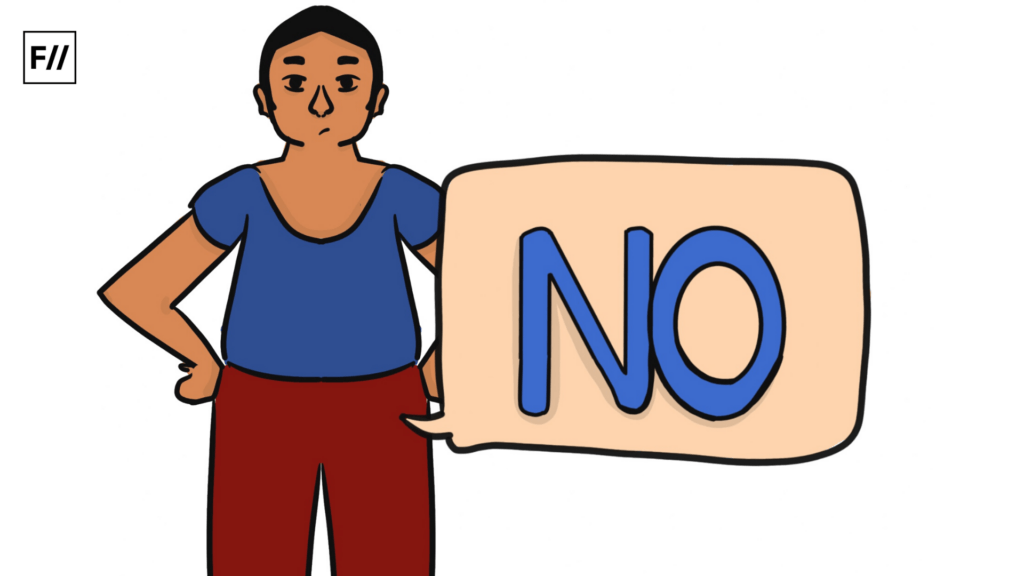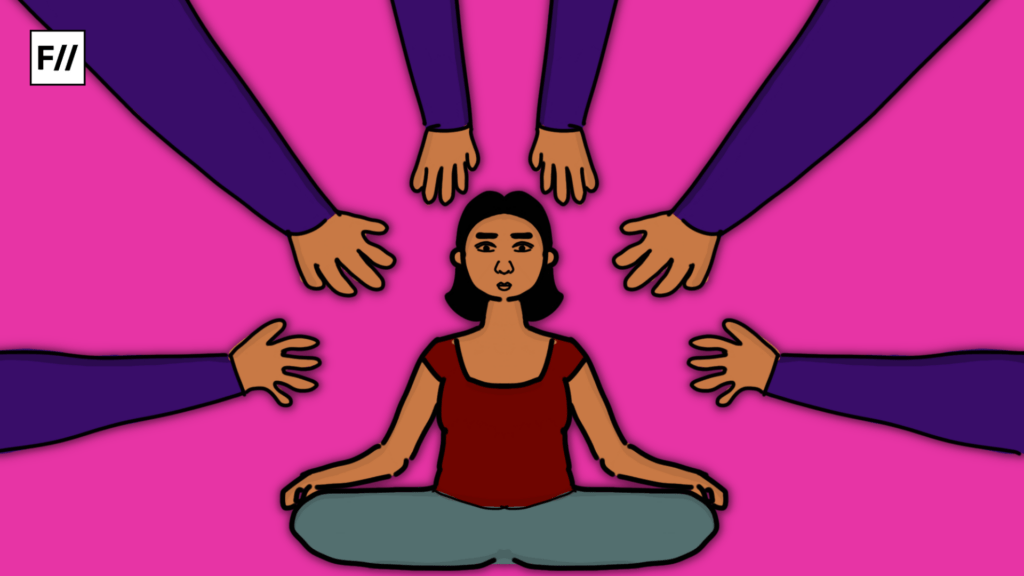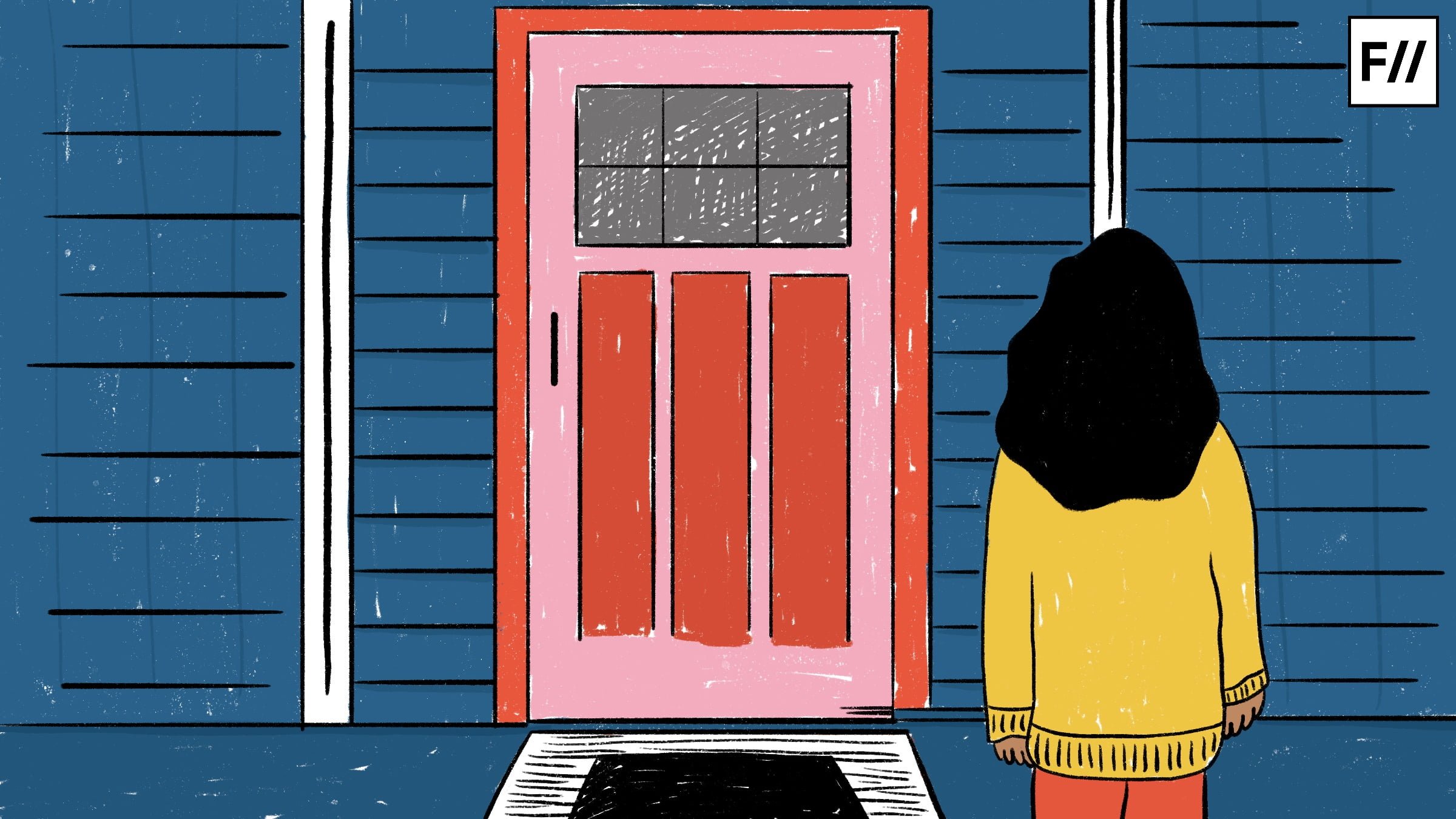Trigger Warning: This article mentions gender-based violence and marital rape.
A National Family Health Survey (NFHS), 2019-2021, report reveals that, “29.3 per cent of married Indian women between the ages of 18 and 49 have experienced domestic/sexual violence; 3.1 per cent of pregnant women aged 18 to 49 have suffered physical violence during their pregnancy.” The Health Ministry and the Indian Institute of Population Science collaborate to conduct the NFHS, one of the world’s largest household surveys. The study, supported by the central government and USAID, provides critical information on the social and economic determinants of health.
The most common type of violence is physical violence (28 %). One fourth of ever married women have experienced physical or sexual violence and report having physical injuries. 45% of women and 44% of men agree with more than seven specified reasons for wife beating.
NFHS-5
Numerous important parameters have been added in the survey, over the years, making it one of the most detailed health and welfare surverys in the country. NFHS- 5 provides information for 707 districts, 28 states, and 8 union territories. The fieldwork for NFHS report was conducted in two phases. While between June 2019 and January 2020, first 17 states and 5 union territories were covered, second phase between January 2020 and April 2021 covered 11 states and 3 union territories.

The NFHS-5 report has once again brought to the fore the prevalence of gender-based violence in India. Gender-based violence in India is a social evil and has been acknowledged throughout the world as the violation of human rights. The UN adopted the 2030 Agenda for Sustainable Development in 2015, which included a global target to eliminate “all forms of violence against women and girls in public and private spheres.” The report will provide a yardstick to measure the progress made towards the UN’s Sustainable Development Goals.
The World Health Assembly Resolution 69.5 in 2016 also called for a global plan of action to increase the role of the health system within a national multisector response to interpersonal violence, especially violence against women and young girls.
Despite of all these initiatives, domestic violence is still prevalent in many countries and particularly India.
Domestic violence affects married women across different socio-economic backgrounds in India. It includes physical, emotional, sexual, and economic abuse perpetrated by spouses or family members.

According to the report, “the most common type of violence is physical violence (28 %). One fourth of every married women have experienced physical or sexual violence and report having physical injuries”. Despite the shocking number of physical violence cases, a lot of people including both men and women have justified wife beating in the survery in some circumstances. “45% of women and 44% of men agree with more than seven specified reasons for wife beating”.
As compared to NFHS-4, agreement for one or more reason has fallen for women in NFHS-5, while it has increased for men. For women this has declined by 7% percetage points compared to 52% in NFHS 4.
Both women and men agree beating if the women shows disrespect toward in laws (32 and 31%) whereas 11 and 10% if she refuses to have sex with him.
According to the National Commission for Women, they received 26,513 complaints from women in 2020-21, a 25.09 percent increase over the 20,309 complaints reported in 2019-20, demonstrating the global trend that during the pandemic, more women were victims of domestic abuse than ever before.
The COVID-19 epidemic has also worsened the incidence of violence against women at the hands of their intimate partners, owing to the increasing tensions of loss of livelihood, disruption of social and protective networks, and restricted movement.

According to the National Commission for Women, they received 26,513 complaints from women in 2020-21, a 25.09 percent increase over the 20,309 complaints reported in 2019-20, demonstrating the global trend that during the pandemic, more women were victims of domestic abuse than ever before.
NFHS-5 report has also highlighted about marital rape. While Section 375 of the IPC criminalises rape, Exception 2 of Section 375 states that rape within the marriage is not considered a criminal offence. A nonprofit organisation named RIT Foundation has filed a petition in the court to criminalise marital rape.
The legal treatment of marital rape adds to it being a taboo in our society. If marital rape is not criminalised, then more women will continue to suffer without the support of any legal system. The legal support will certainly encourage more women suffering though a traumatising marital rape, to report the cases. It’s high time for a legal change in the marital rape laws.
Most women are scared to report the cases of sexual violence because ‘what will the society think of her’, ‘what will happen to her family reputation’. The patriarchal norms and gender inequalities leads to the prevalence of domestic violence in our society.
While some cases of domestic cases are reported, a lot of cases go unreported. According to NFHS data, 87 per cent of married women who are victims of marital violence do not seek help. The misogynistic nature of our society expects women to be in an abusive relationship makes it more difficult for women to speak or report cases of sexual abuse.
A legal framework is highly important to combat domestic violence in India. The Protection of Women from Domestic Violence Act (PWDVA), 2005 legislation provides a comprehensive legal framework for addressing domestic violence and recourse to women facing domestic violence. It recognises various forms of abuse and provides for protection orders, shelter, and legal remedies for survivors.
A legal framework is highly important to combat domestic violence in India. The Protection of Women from Domestic Violence Act (PWDVA), 2005 legislation provides a comprehensive legal framework for addressing domestic violence and recourse to women facing domestic violence. It recognises various forms of abuse and provides for protection orders, shelter, and legal remedies for survivors.
While 136,000 complaints were registered under Indian Penal Code Section 498A (cruelty by husband or his relatives), only 507 cases were reported all across the country India under the Protection of Women from Domestic Violence Act, 2005, in 2021.
Along with the need for legal measures and support services, addressing the underlying attitudes and beliefs that perpetuate violence against married women is also crucial. Creating awareness, promoting gender equality, and empowering women are integral to combating domestic and sexual violence in India.
Violence has immediate effects on women’s health, and that of children they birth and care for. There is a need to take required actions such as improved reporting and documentation of domestic violence cases, strengthening legal aid and justice system, and challenging traditional gender roles.
About the author(s)
Pragati Parihar is a masters student, studying International Relations at University College Dublin, Ireland, and is highly interested in topics such as feminism, gender based violence, and gender representation in politics. Also a travel enthusiast and an avid reader of mythology!




